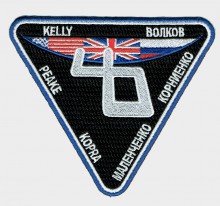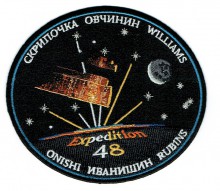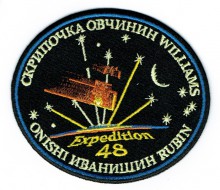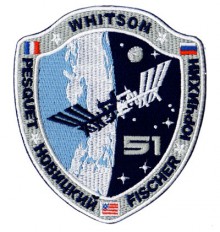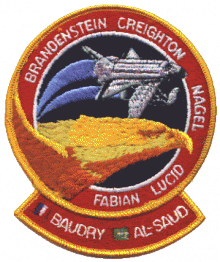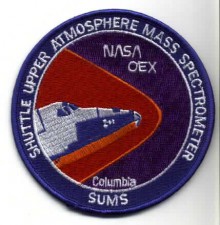STS-126 was a Space Shuttle mission to the International Space Station (ISS) flown by Space Shuttle Endeavour.[3] The purpose of the mission, referred to as ULF2 by the ISS program, was to deliver equipment and supplies to the station, to service the Solar Alpha Rotary Joints (SARJ), and repair the problem in the starboard SARJ that had limited its use since STS-120. STS-126 launched on 14 November 2008 at 19:55:39 pm EST from Launch Pad 39A at NASA's Kennedy Space Center with no delays or issues.
STS-126 was scheduled to be a sixteen day mission with four spacewalks, largely dedicated to servicing and repair of the Solar Alpha Rotary Joints (SARJ). An additional docked day was added to the flight plan to give the crew more time to complete their tasks.[18] The starboard SARJ had shown anomalous behavior since August 2007, and its use has been minimized pending diagnosis and repair. Both the starboard and port SARJs were serviced. In addition to lubricating both bearings, the remaining 11 trundle bearings in the starboard SARJ were replaced. Trundle bearing assembly five was removed during an Expedition 16 EVA for further examination in December 2007.
STS-126 included the Leonardo Multi-Purpose Logistics Module (MPLM) on its fifth spaceflight.
The STS-126 patch represents Space Shuttle Endeavour on its mission to help complete the assembly of the International Space Station (ISS). The inner patch outline depicts the Multi-Purpose Logistics Module (MPLM) Leonardo. This reusable logistics module will carry the equipment necessary to sustain a crew of six on board the ISS and will include additional crew quarters, exercise equipment, galley, and life support equipment. In addition, a single expedition crew member will launch on STS-126 to remain on board ISS, replacing an expedition crew member who will return home with the shuttle crew. Near the center of the patch, the constellation Orion reflects the goals of the human spaceflight program, returning us to the Moon and on to Mars, the red planet, which are also shown. At the top of the patch is the gold symbol of the astronaut office. The sunburst, just clearing the horizon of the magnificent Earth, powers all these efforts through the solar arrays of the ISS current configuration orbiting high above.
This version of the STS-126 patch is very similar to the A-B Emblem version however it lacks the red star and has some other subtle differences.
- Log in to post comments

